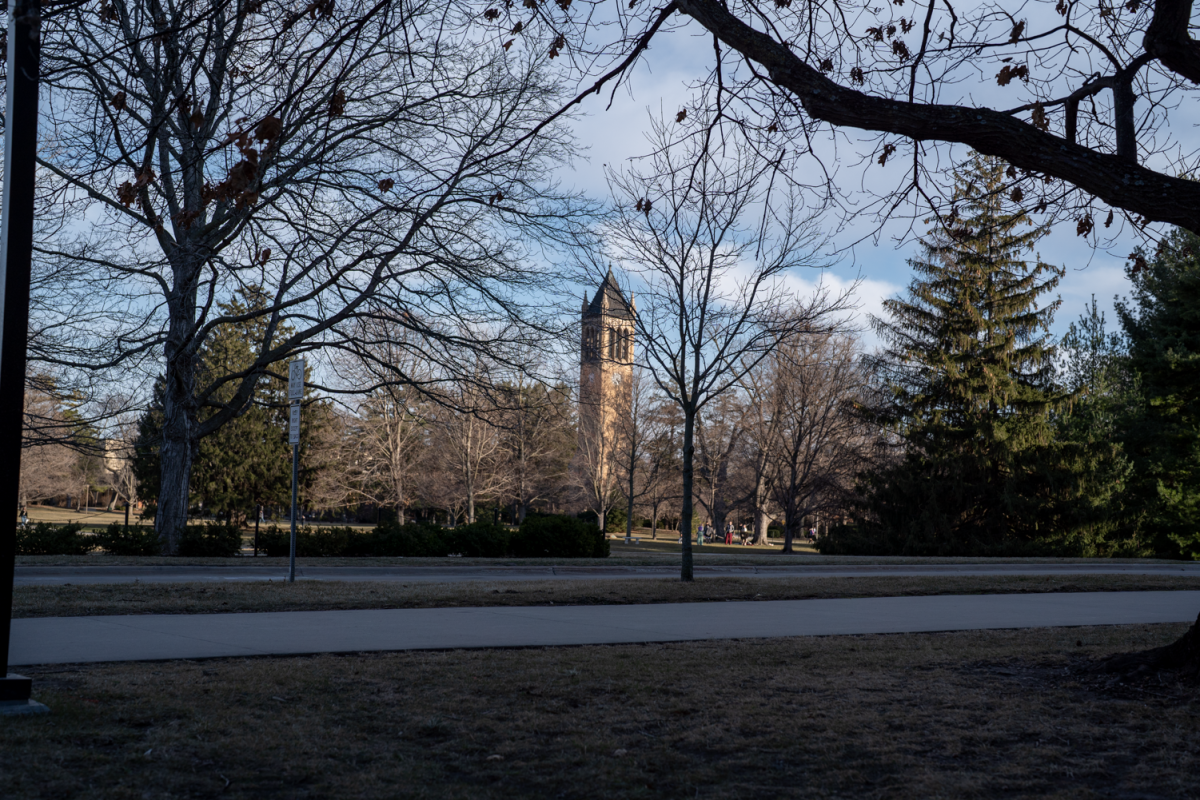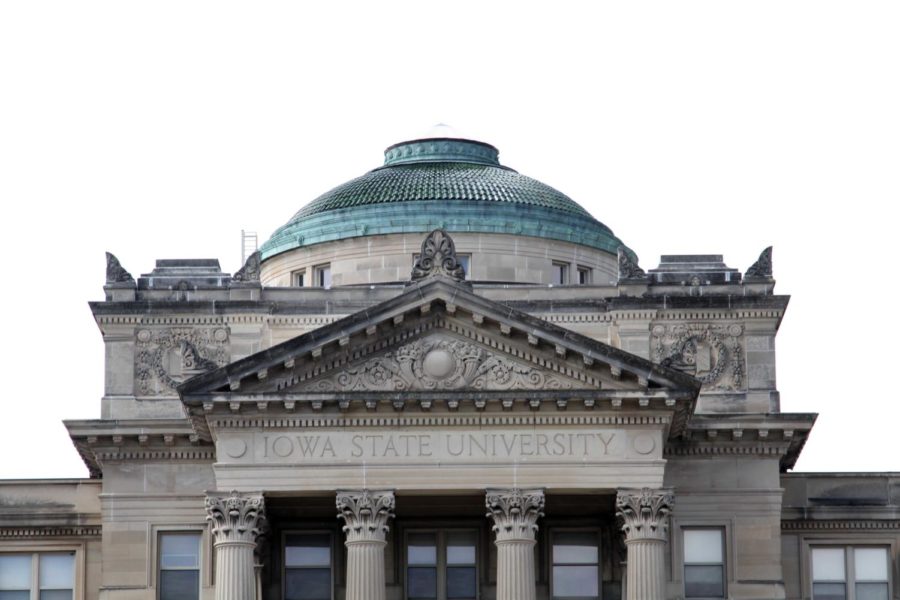Court rules herbarium headed to ISU
April 16, 2004
The merger of Iowa’s two major herbariums isn’t what either Iowa State or the University of Iowa wanted. But a Johnson County judge’s decision Wednesday means the combination, which has been planned for more than two years, can finally move forward.
“We knew that this was an uphill battle for us,” said Diana Horton, director and curator of the University of Iowa Herbarium, which will move its 250,000 plant specimens from Iowa City to Ames in the near future.
According to the Associated Press, Horton’s lawsuit to keep the plants in Iowa City ended Wednesday when District Judge Patrick Grady dismissed the suit and said any decision to keep the plants at Iowa should come from the Board of Regents.
A restraining order, in place since March 1, prohibiting the move was also lifted, meaning Iowa State’s more than 400,000 specimens can now be augmented by Iowa’s collection.
Lynn Clark, director of the Ada Hayden Herbarium and professor of ecology, evolution and organismal biology, said she is glad the University of Iowa’s collection, which consists largely of eastern Iowa plant populations, will be preserved in Ames.
“The prime benefit is that the University of Iowa Herbarium receives the long-term care and maintenance that it deserves,” she said.
Horton, who has fought the merger tooth-and-nail since it was first made public in early 2002, said Thursday she was disappointed by Wednesday’s legal ruling.
“The bottom line is that many different people use it for many different things,” she said.
Nationwide, university biology departments are moving away from environmental and ecological research and toward molecular biology and genetics, Horton said, calling that trend one reason the University of Iowa was no longer interested in funding staff for the 135-year-old Iowa City collection.
“It just seems that this department [at Iowa] is going more strongly in that direction,” she said.
Horton said she and other herbarium supporters are considering an appeal to the Board of Regents but wasn’t sure if and when it would take place.
The space in which Iowa’s specimens are kept is being renovated in June, a fact Clark said was another reason it was good the plant transfer can legally begin again, perhaps in a matter of days.
“The collection had to be removed regardless,” she said. “We don’t have a definite date at this point.”
Horton said politics have played a larger role in the merger decision than science.
“Iowa State has a collection,” she said. “They don’t need a duplication of that.”
Clark said she thinks the University of Iowa should have given its herbarium the same level of support the Ada Hayden Herbarium receives.
“Our position has been all along that we’d prefer to see a strong herbarium there as well as here,” she said.
Deb Lewis, curator of the Ada Hayden Herbarium, said an incidental benefit to the merger is the centralization of the two regional libraries.
“The specimens that we will be getting from the University of Iowa will give us a better understanding of the distribution of Iowa’s plants,” she said. “While we already have a great representation of Iowa’s plants here at Iowa State … we don’t have a good representation of where all these plants are in the state.”














